Similar presentations:
Breast cancer
1. Breast cancer
2.
The most frequent cancer in women3.
4.
Ashkenazi Jewish 1:40, compared with 1:500 inthe general population
5.
+ prostate andpancreatic
6.
7.
8. Cowden’s syndrome
Hamartomas on the skin and mucous membranes.Enlarged head, a rare noncancerous brain tumor
called Lhermitte–Duclos disease
9.
10.
11.
12.
Irradiation for the treatment ofHodgkin lymphoma before age
30 years.
13.
14. Magnitude of Risk of Known Breast Cancer Risk Factors
Relative Risk <2Relative Risk 2–4
Relative Risk >4
Early menarche
Mutation BRCA1 or BRC
A2
Late menopause
One first-degree
relative with breast
cancer
Nulliparity
CHEK2 mutation
Atypical hyperplasia
Estrogen plus
progesterone
Age >35 y for first birth
Radiation exposure
before 30
HRT
Proliferative breast
disease
Alcohol use
Mammographic breast
density
Postmenopausal obesity
LCIS
15.
+ PBSO16. Prevention for BRCA patients
Tamoxifen ↓contralater - 40-50%,↓ Risk BC in unaffected only in BRCA 2 (started from age 35)
PBSO -↓OC up to 90-%.
↓ BC -50% (before age 50)
Bilateral mastectomy ↓ BC 90%
17. Chemoprevention with Tamoxifen
+RR 50% (0.51) (47 treated
- 1 BC prevented)
ADH - RR 84%
LCIS – RR 40%
↓ 30% bone fructures
PE (>50y)
Flashes
Endometrial Ca (mostly
>50y)
18. Screening Mammography
RecommendationsBiannually or annually in 40-49 y/o
Annually in >50 y/o
15% relative risk reduction
Birads
0 - Incomplete assessment; need additional
imaging evaluation
1 - Negative; routine mammogram in 1 year
recommended
2 - Benign finding; routine mammogram in 1 year
recommended
3 - Probably benign finding; short-term follow-up
suggested (3%)
4 - Suspicious abnormality; biopsy should be
considered (30%)
5 - Highly suggestive of malignancy; appropriate
action should be taken (94%)
19. Biopsy techniques
FNADiagnostic
and therapeutic in cystic lesions
Core needle
U/S
guided or sterotatic
90%
effective in establishing diagnosis
Atypia
– need excision
Sterotatic
Needle localization
Excision biopsy
20. Risk of Future Invasive Breast Carcinoma Based on Histologic Diagnosis from Breast Biopsies
No IncreaseSlightly Increased (relative risk, 1.5–2)
Adenosis
Apocrine metaplasia
Cysts, small or large
Mild hyperplasia (>2 but <5 cells deep)
Duct ectasia
Fibroadenoma
Fibrosis
Mastitis, inflammatory
Periductal mastitis
Squamous metaplasia
Moderate or florid hyperplasia, solid or papillary
Duct papilloma with fibrovascular core
Sclerosing adenosis, well-developed
Moderately Increased (relative risk, 4–5)
Atypical hyperplasia, ductal or lobular
21. Benign Breast Masses
CystsFibroadenoma
Hamartoma/Adenoma
Abscess
Papillomas
Sclerosing adenosis
Radial scar
Fat necrosis
Papilloma
22. Maligant Breast Masses
Ductal carcinomaDCIS
Invasive
Lobular carcinoma
LCIS
Invasive
Inflammatory carcinoma
Paget’s disease
Phyllodes tumor
Angiosarcoma
23.
24.
25. BC Receptors
26. BC Receptors
27. Biological subtypes
28.
29. STAGING
30. STAGING cont.
31. DS
MammographyUS
MRI
CT (chest/abdomen)
Bone scan or PET CT
CT/MRI head
Tumor markers
32.
Treatment of breast cancerSystemic therapy:
Hormonal therapy
Chemotherapy
Targeted therapies
Local therapy:
Surgery
Radiation therapy
33. Surgery
In the patient with clinical stage I, II, and T3N1disease, the initial management is usually
surgical.
BCT : Lumpectomy + RT = Mastectomy
Contraindications for BCT:
- Previous RT
- Pregnancy
- Widespread disease
- Positive margins
- Tumors >5 cm, small breast
34. Axilla
ALND35. Axilla
SLNB (less lymphedema)- Majority of stage I-II BC pts
- Contraindications to the procedure: pregnancy,
lactation, and locally advanced breast cancer.
36.
37.
38.
39. Adjuvant radiation therapy:
5 - 6.5 weeksLocal control rates > 90%
Minimal toxicity
Adjuvant radiation therapy – for everyone after
lumpectomy
40. Breast cancer treatment Radiotherapy
Breast cancer treatmentRadiotherapy
41. Postmastectomy RT
All women with > 3 positive nodes.
a tumor larger than 5 cm.
spreading to the skin
Women with recurrent positive margins
? Women with 1-3 positive nodes and T1/T2
42. APPROACH TO BC MEDICAL TREATMENT
43. HORMONAL THERAPY
IN LOW-RISK HORMONE POSITIVE BREAST CA- FOR 5 YEARSIN HIGH-RISK HORMONE POSITIVE BC-FOR 7.5-10Y
IN PREMENOPAUSAL –ADD OVARIAN SUPRESSION TO AROMATASE
INHIBITORS /TAMOXIFEN
44. AI VS TAMOXIFEN –SIDE EFFECTS
SSRI?
45. FISH hybridization test for HER 2+
46. APPROACH TO BC MEDICAL TREATMENT
47.
For 1 year every 3weeks
48. Trastuzumab emtansine (TDM1= KADCYLA)
Her 2 pos BCTrastuzumab emtansine
Conjugant therapy
49. Neoadjuvant chemotherapy
IndicationsRationale
T4
Tumor shrinkage
cN pos
Opportunity for BCS
Inflamatory BC
Early treating of
micrometastasis
Aggressive biological
subtypes ---- high rate of
PCR (associated with
better prognosis)
50.
mBC51. THERAPEUTIC ENDPOINTS
OVERALL SURVIVALQUALITY OF LIFE
RESPONSE RATE
TIME TO PROGRESSION
TIME TO TREATMENT FAILURE
SAFETY PROFILE
52. mBC approach( example)
53.
54. Triple Negative Breast Cancer:
Triple negative breast cancer (TNBC) is clinically characterized bythe lack of expression of estrogen, progesterone and HER2
hormone receptors.
Comprises about 10-20% of breast cancers: more than one out of
every 10.
Does not respond to current hormonal therapy (such as tamoxifen
or aromatase inhibitors) or therapies that target HER2 receptors,
such as Herceptin (trastuzumab). Women diagnosed with TNBC
generally face a poorer prognosis.
Treatments that target other processes may be helpful in treating
triple negative breast cancer when combined with
chemotherapy:
Avastin: interferes with VEGF (vascular endothelial growth
factor), inhibiting the growth of new blood vessels at the
tumor site.
Erbitux: interferes with EGFR (epidermal growth factor
receptor), which is often overexpressed in triple negative
cancer.
PARP inhibitors: inhibit poly (ADP-ribose) polymerase, an
enzyme used by cancer cells to repair DNA damage. In BRCA
55. Lapatinib
Her 2 pos BCA tyrosine kinase inhibitor
A potent and selective oral dual inhibitor of ErbB1
(EGFR) and ErbB2 (HER2)
Approved by FDA March 13, 2007
In combination with capecitabine
56. Other breast cancers
Phyllodes tumor<1%
of breast tumors
Age 30-45
Similar in appearance to fibroadenoma
4% recurrence after excision
0.9% axillary spread
Radiation, chemotherapy, tamoxifen ??
Phyllodes tumor
Fibroadenoma
57. Inflammatory BC
T41% to 5% of all cases
Aggressive
Neoadjuvant CMT +/- RT
Surgery is contraindicated in IBC unless there is
complete resolution of the inflammatory skin
changes.
58. Paget disease
1 to 4.3% of all breast cancersCa in situ in the nipple epidermis.
Paget cells (large cells with clear cytoplasm and atypical
nuclei) within the epidermis of the nipple.
(1) associated with invasive cancer (staged by the invasive
cancer)
(2) with underlying DCIS (Tis)
(3) alone (Tis).
59. Angiosarcoma
Risk factorsRadiation
Lymphedema
Treatment
Excision, radiation
60. Male breast cancer
90% are invasive at time of diagnosis80% ER+, 75% PR+, 30% HER2/neu
More invade into pectoralis
Treatment same as for female ca
61. CASE 1
03.2021 DiagnosisINCIDENTAL IMAGING TEST
CT CHEST
AGE-76 Y.O.
62. FNL BY US –clip and tumor
63. RT BREAST MAMMOGRAPHY
64. PATHOLOGICAL TEST
INVASIVE BREAST CARCINOMA STAGE IG1 0.8 CM 0/2 LN NO PNI OR LVI 0.6 FROM
POSTERIOR MARGINS
ER-95%PR 3-5% KI 67-1-2%
HER2 POSITIVE BY FISH
65. STAGE?
66.
67.
68. CT CHEST- DD?
69. CASE 2
AGE -48SELF EXAMINATION- BREAST TUMOR
70. AFTER LN POS. TEST AND BREAST IMAJING
71.
RT BREAST CA WITH RIB5 OLIGPMTS- STAGE IV72. TREATMENT ONGOING
01.09.2021 PALBO+LETROZOLG4 ALT ELEVATION , G2 AST ELEVATION HEPATITIS
PROFILE NEGATIVE
10.2021- STOPPED PALBO +LETROZOLE FOR 3 WEEKS
PET CT 21.10.21-2 LESIONS IN RIBS, 1 LUNG LESION , less
SUV in rt breast axilla and 5th rib
11.10.21 BIOPSY APPROVED BREAST MTS IN 5TH RIB
LESION
11.2021- LETROZOLE ONLY
AST 43 ALT 115 11.11.2021 CA15-3-49.7
18.11.2021- ALT-52
TMB 18.11.21-RECHALLENGE PALBO DR TO 75 MG/D
+LETROZOL
FOLLOW UP LAB TEST WEEKLY
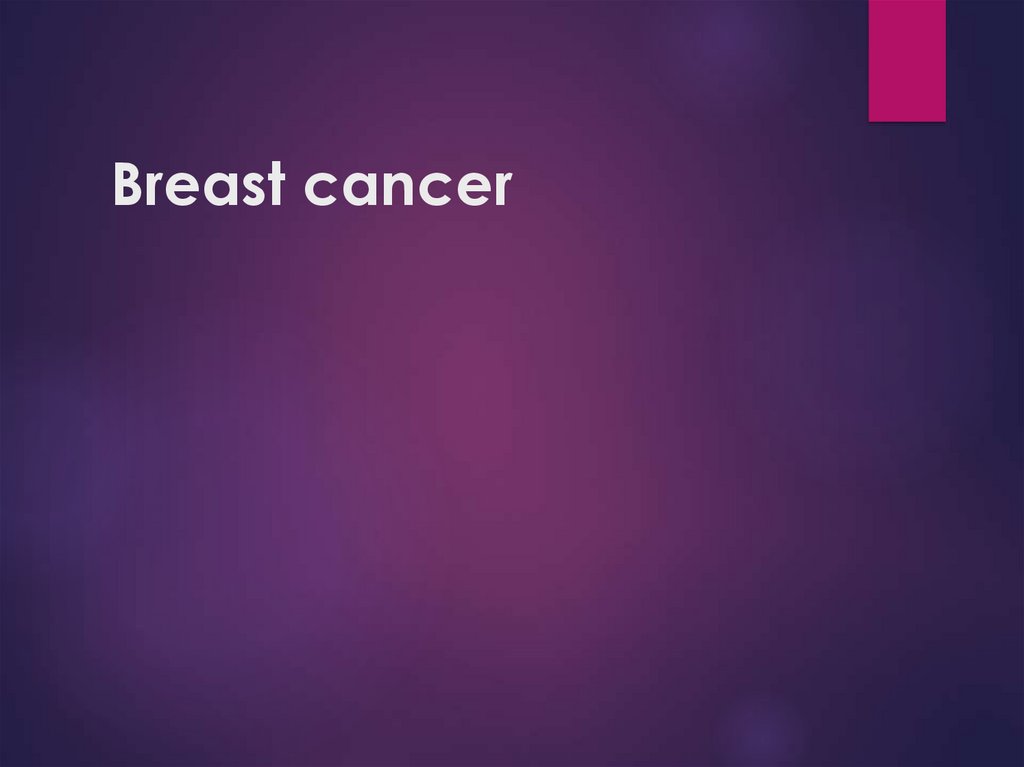














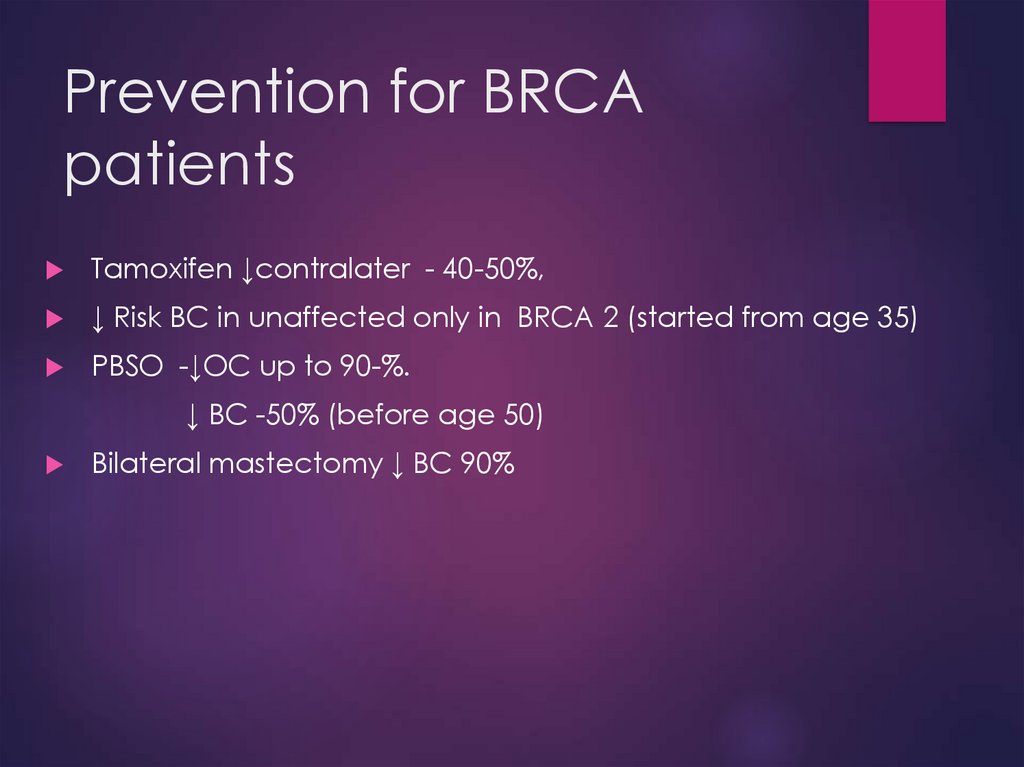

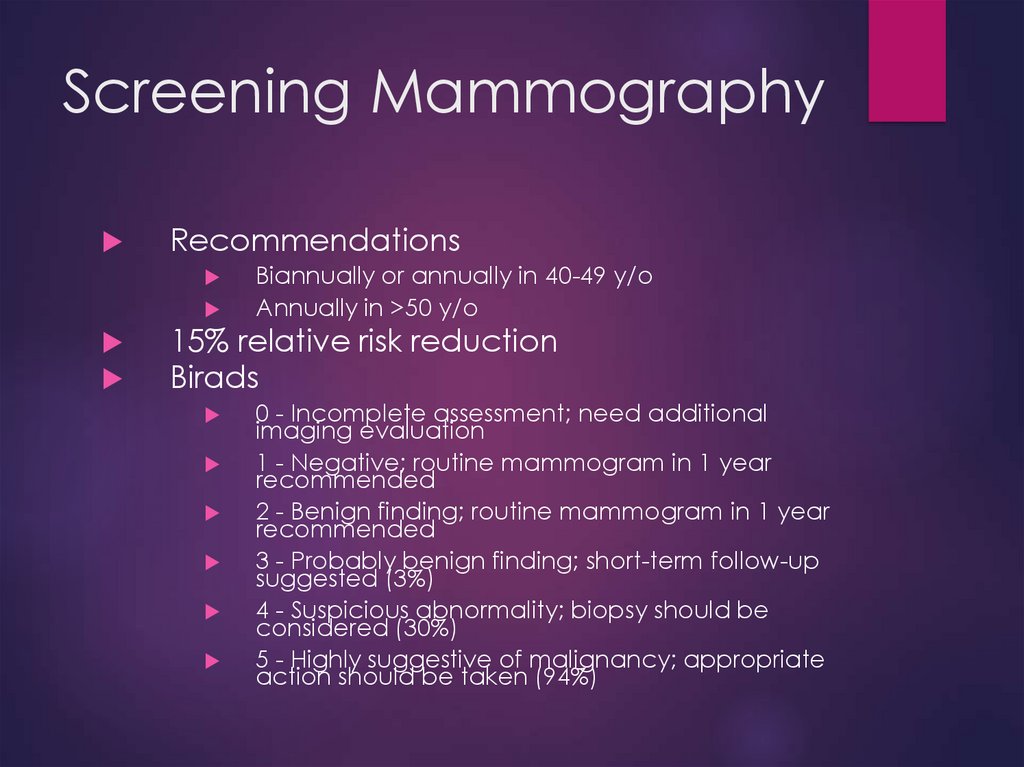
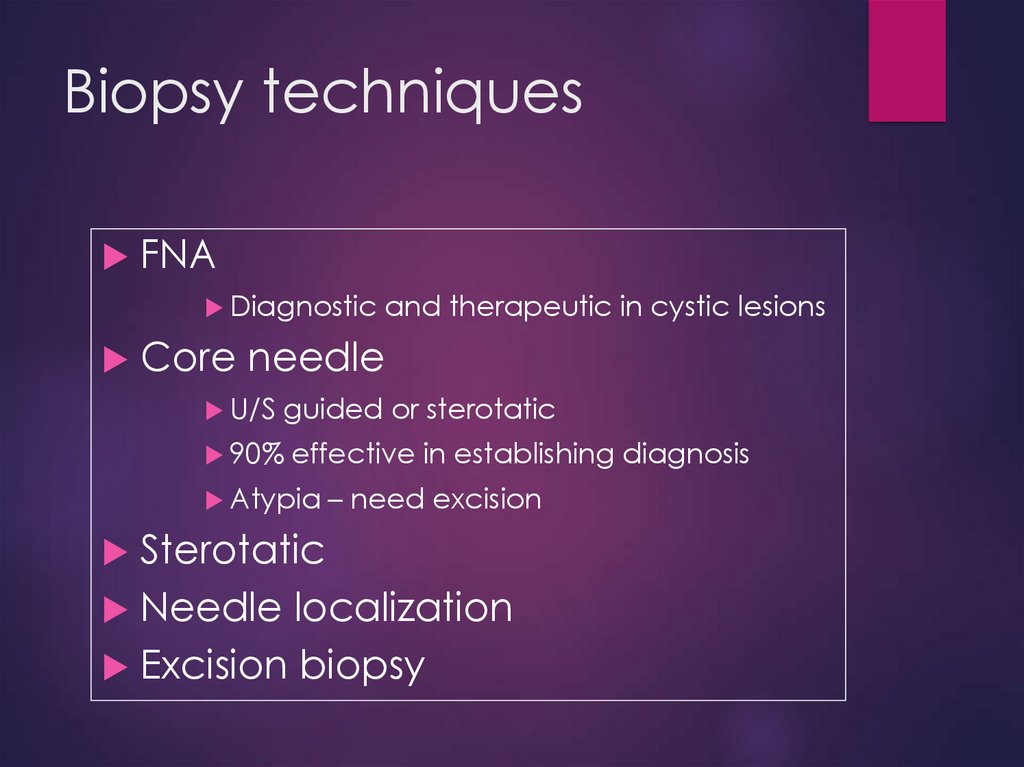
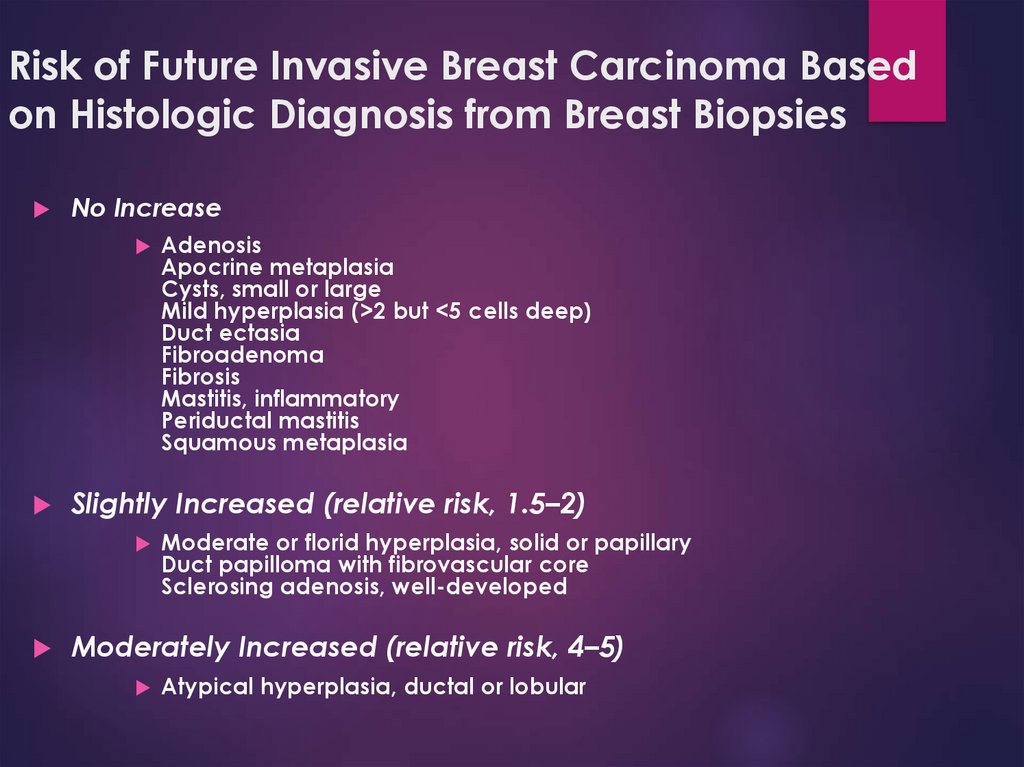
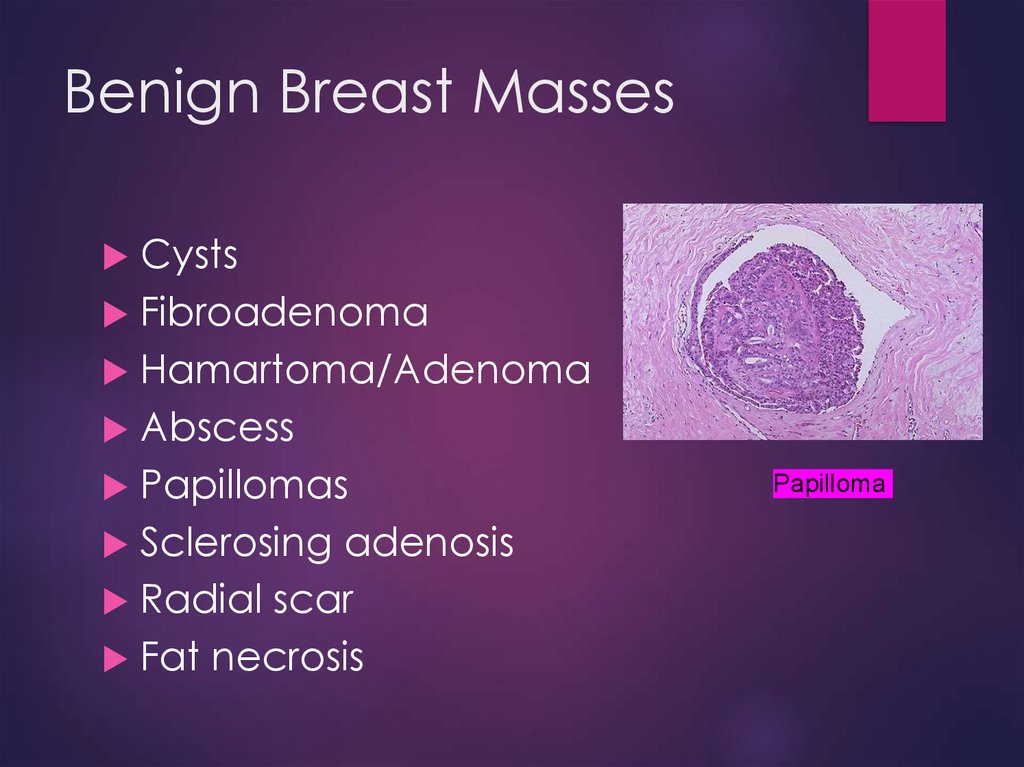
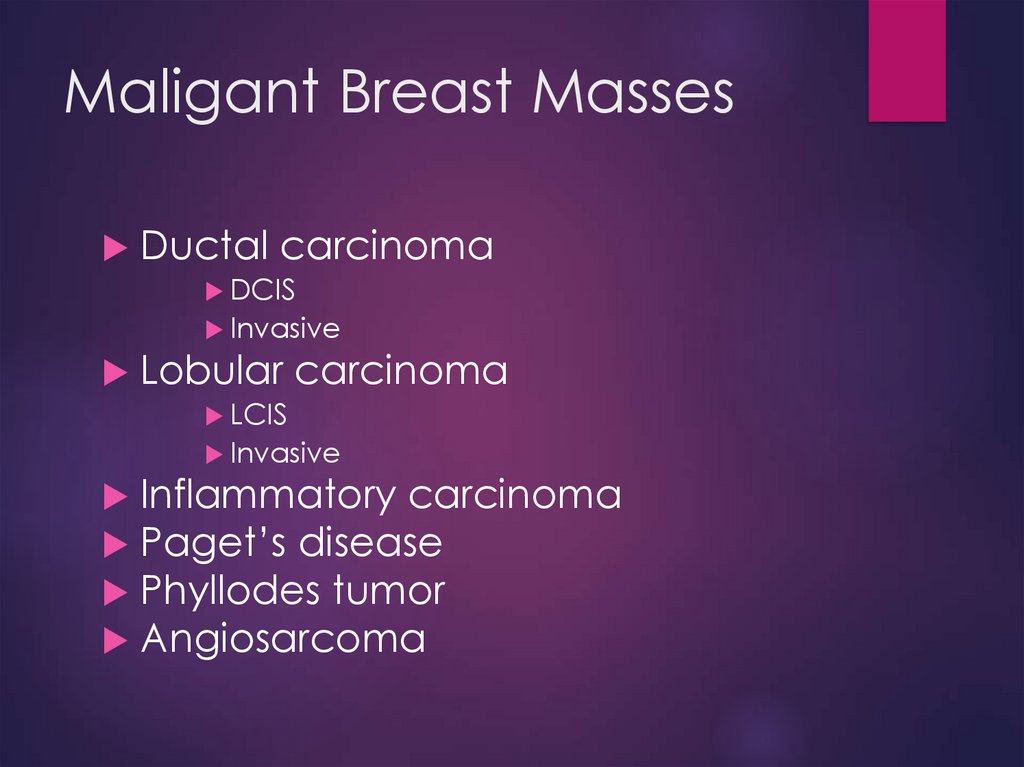


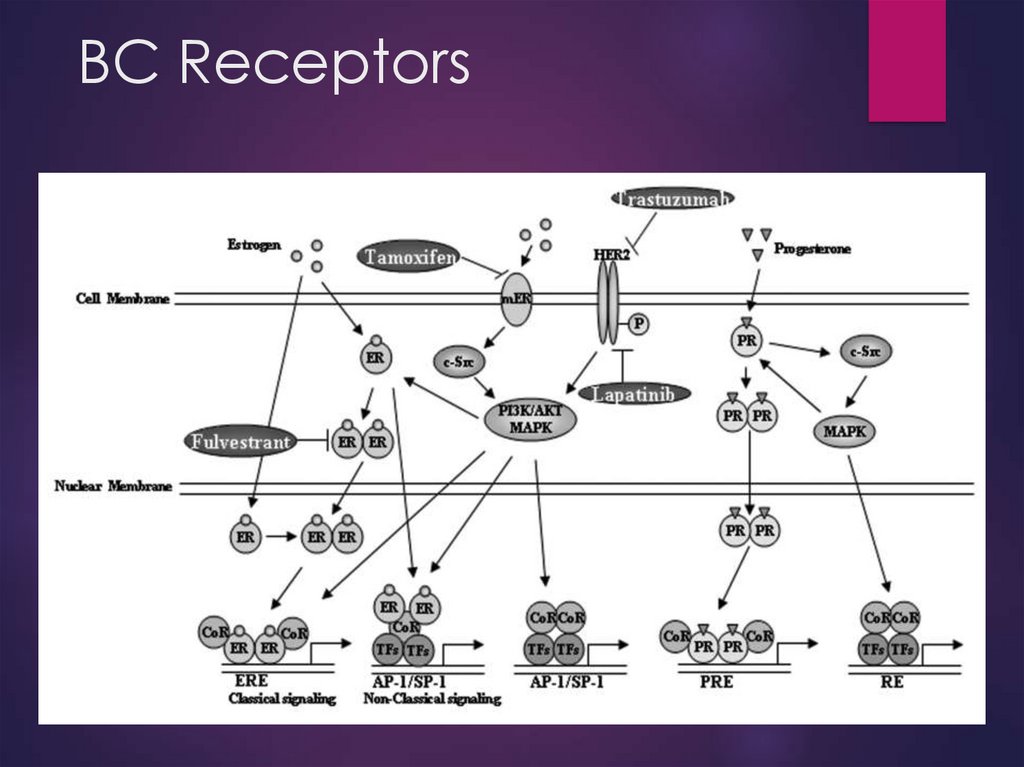

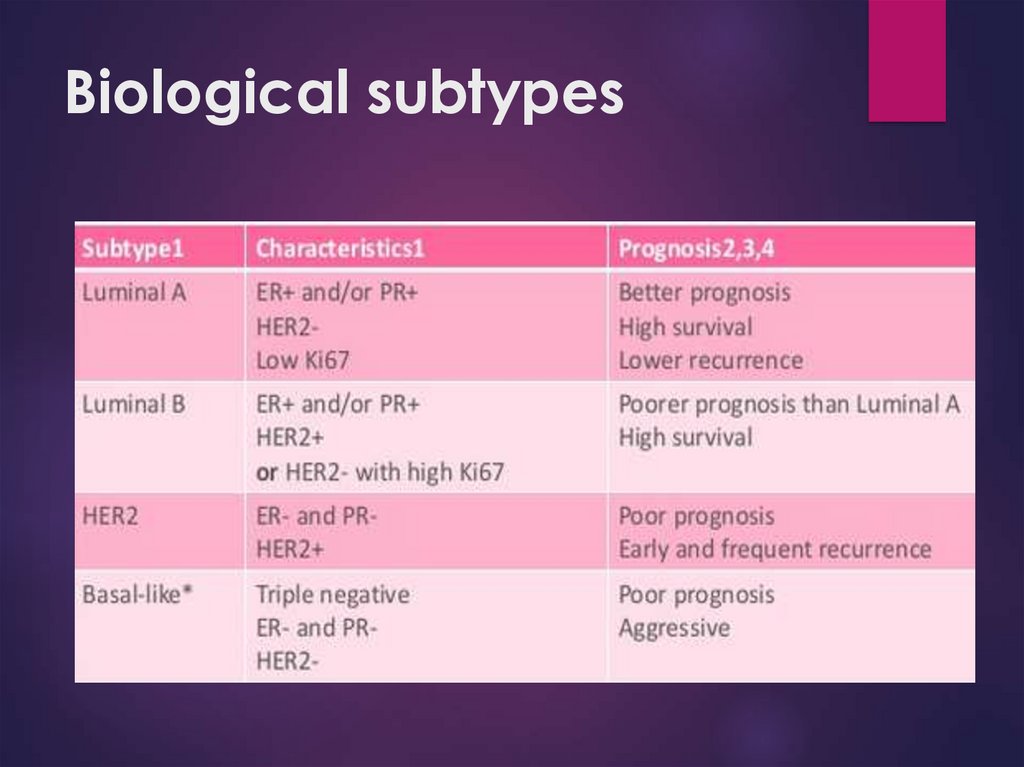



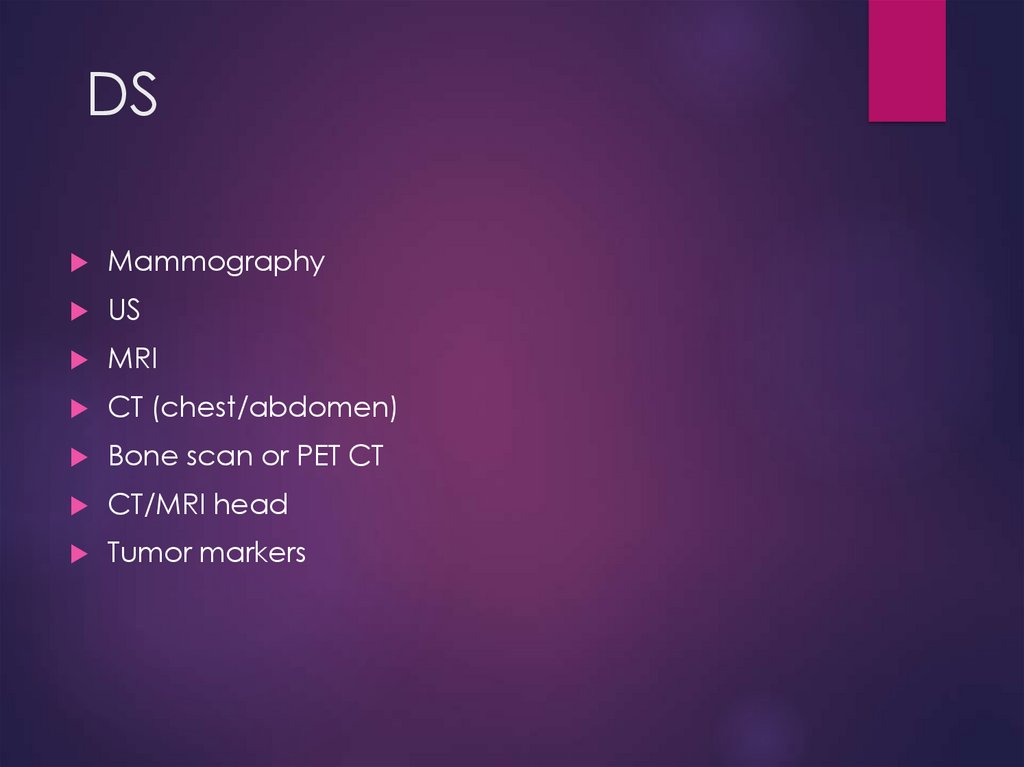


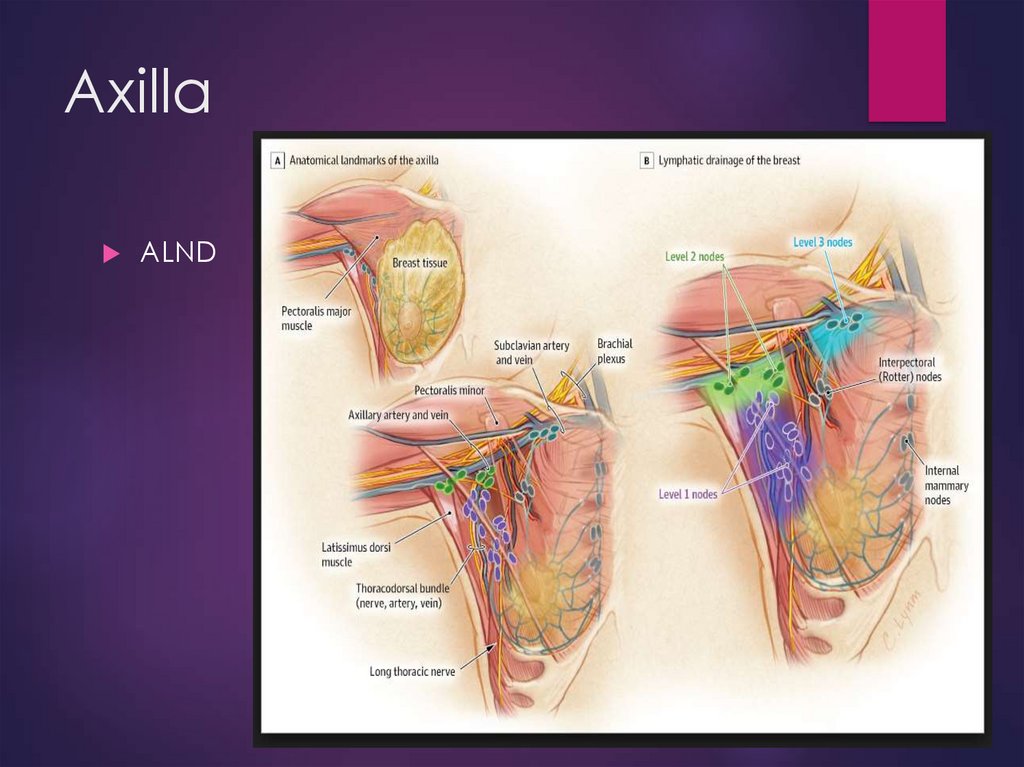
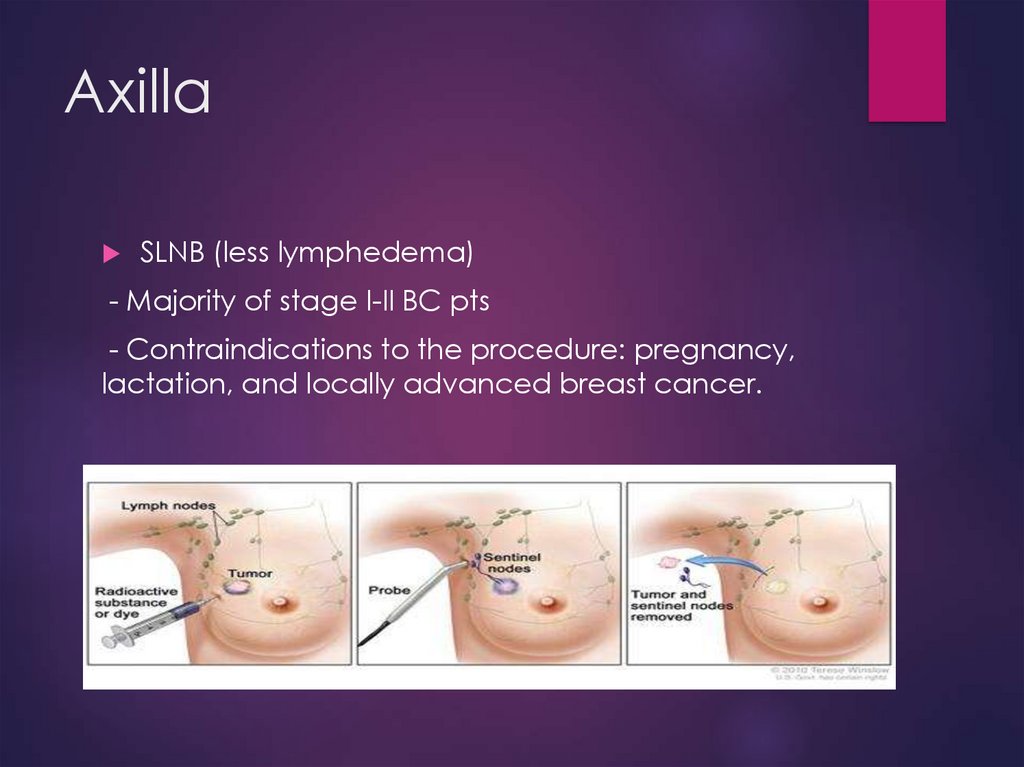



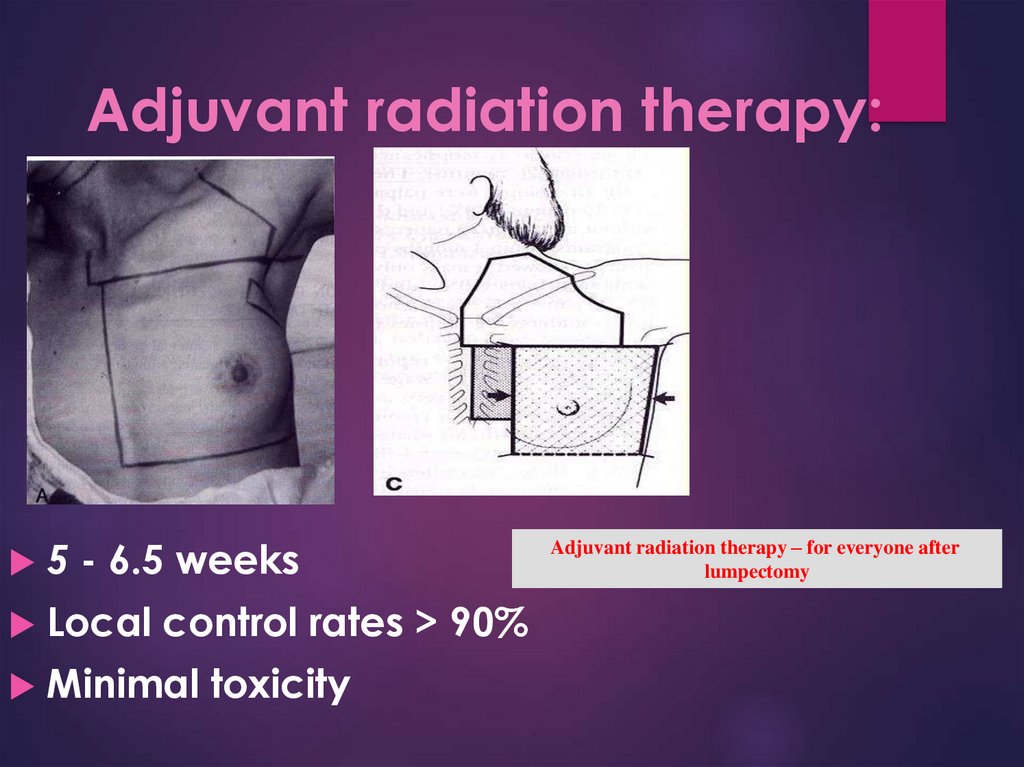
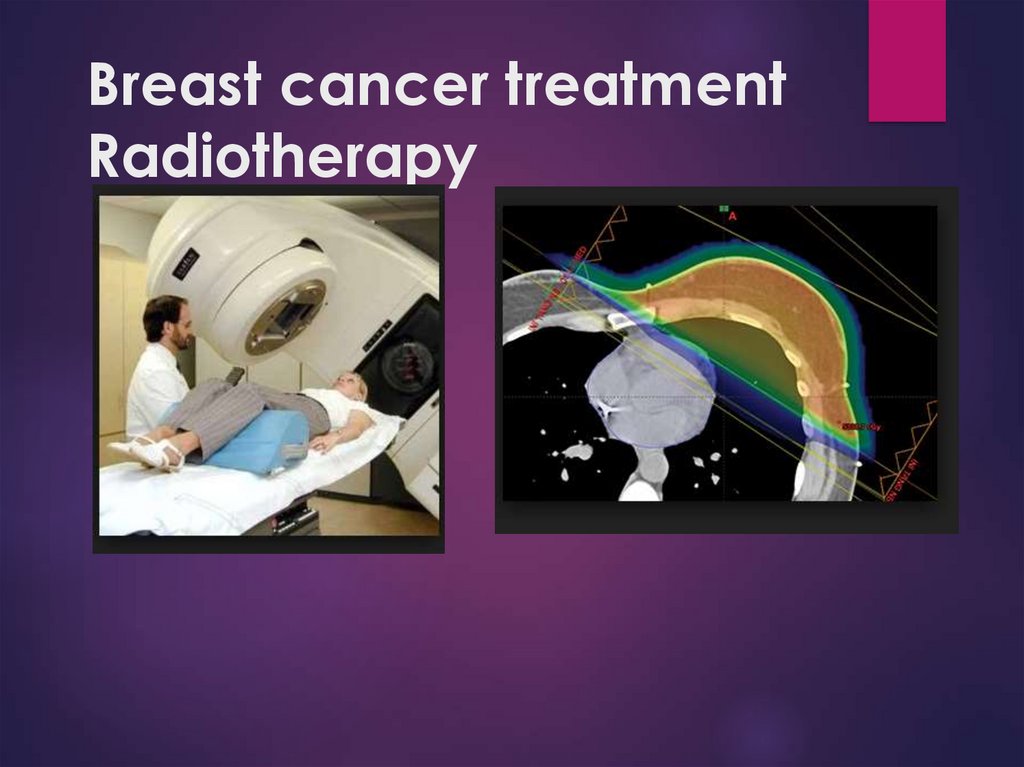

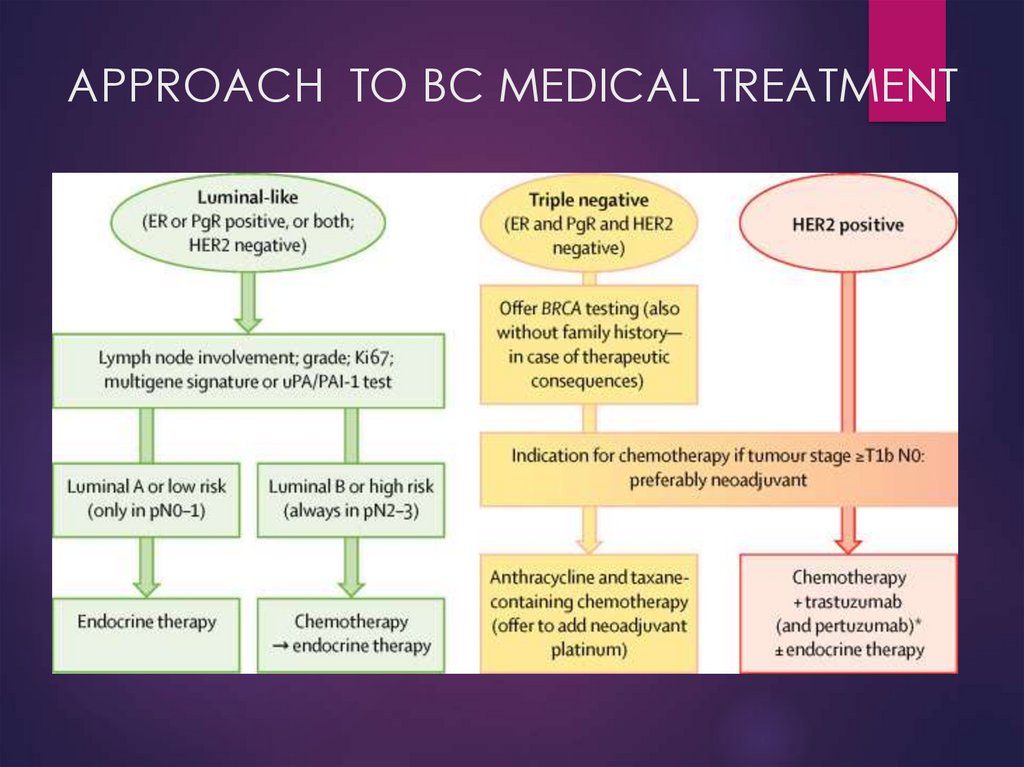
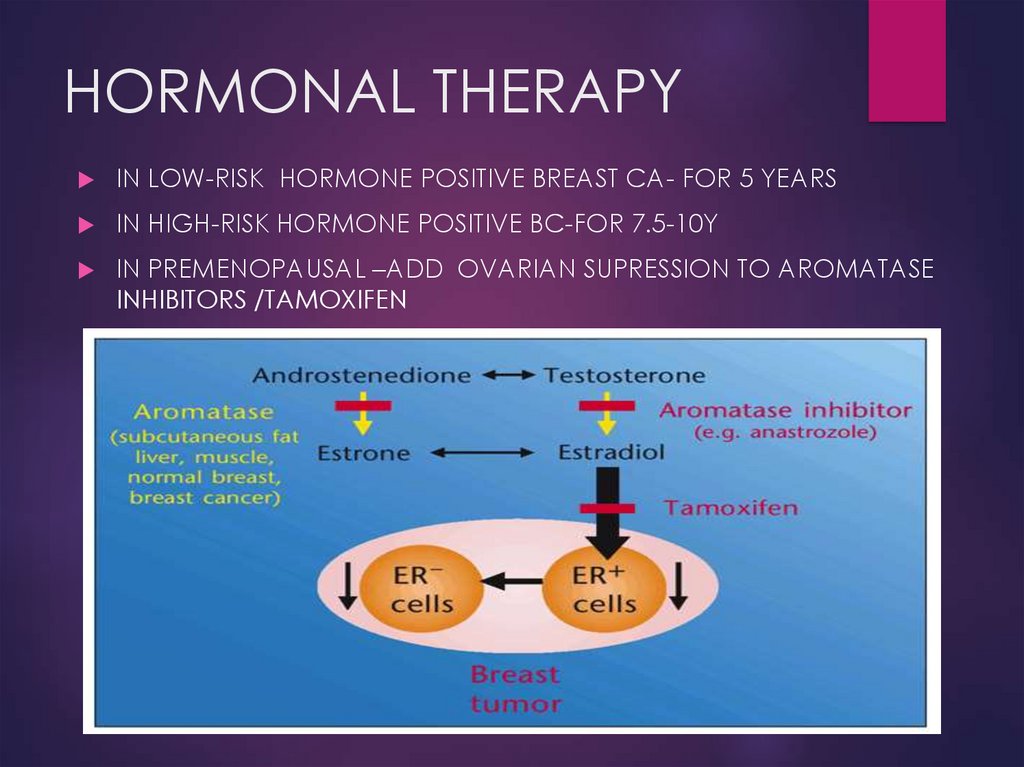
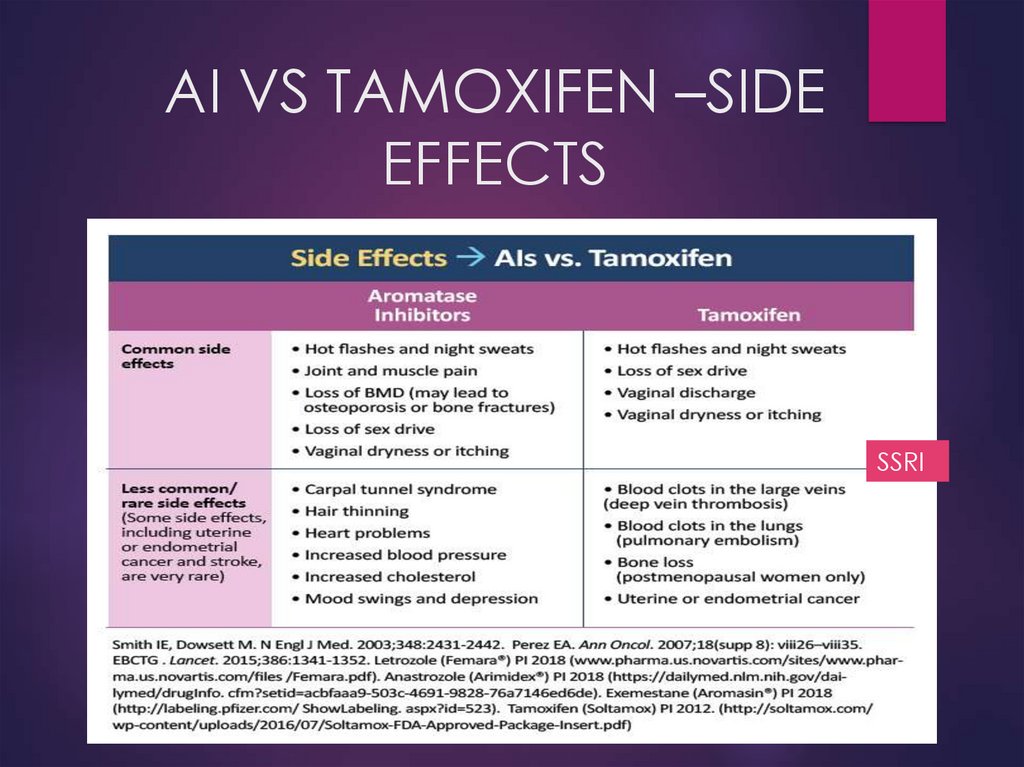
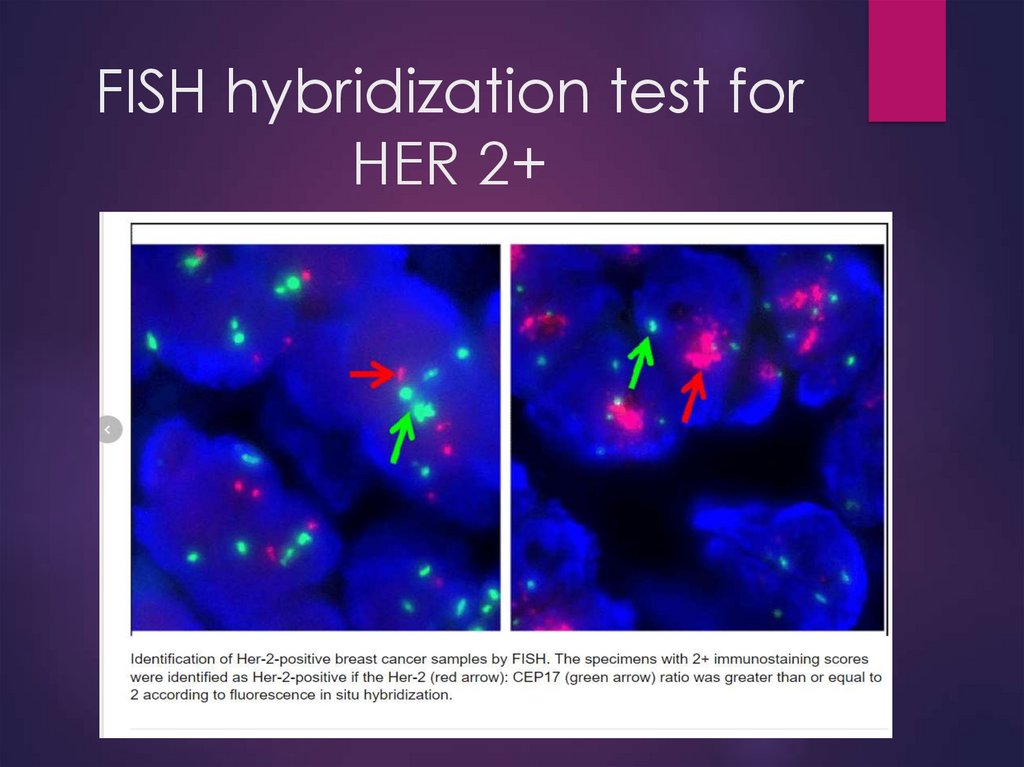


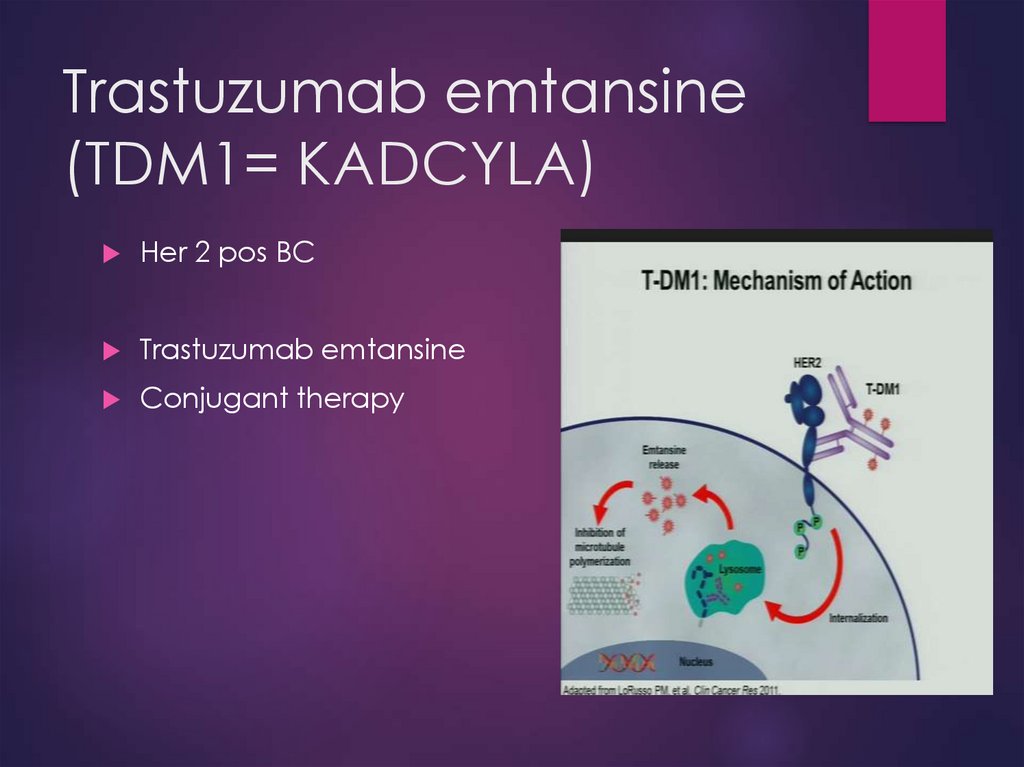
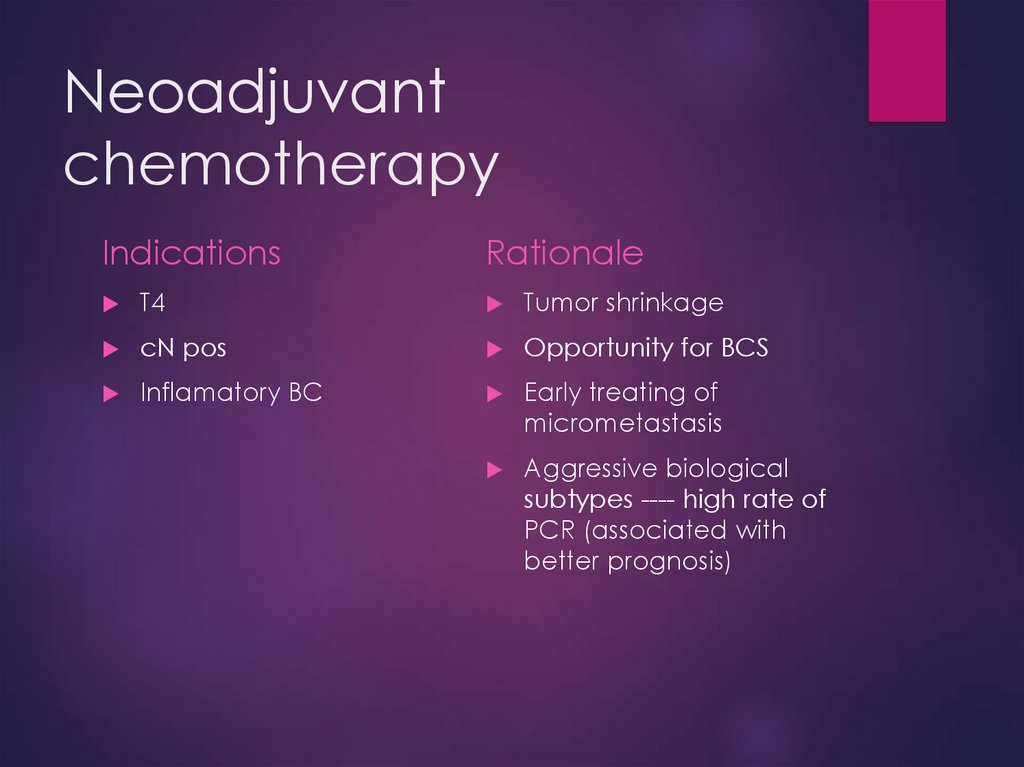
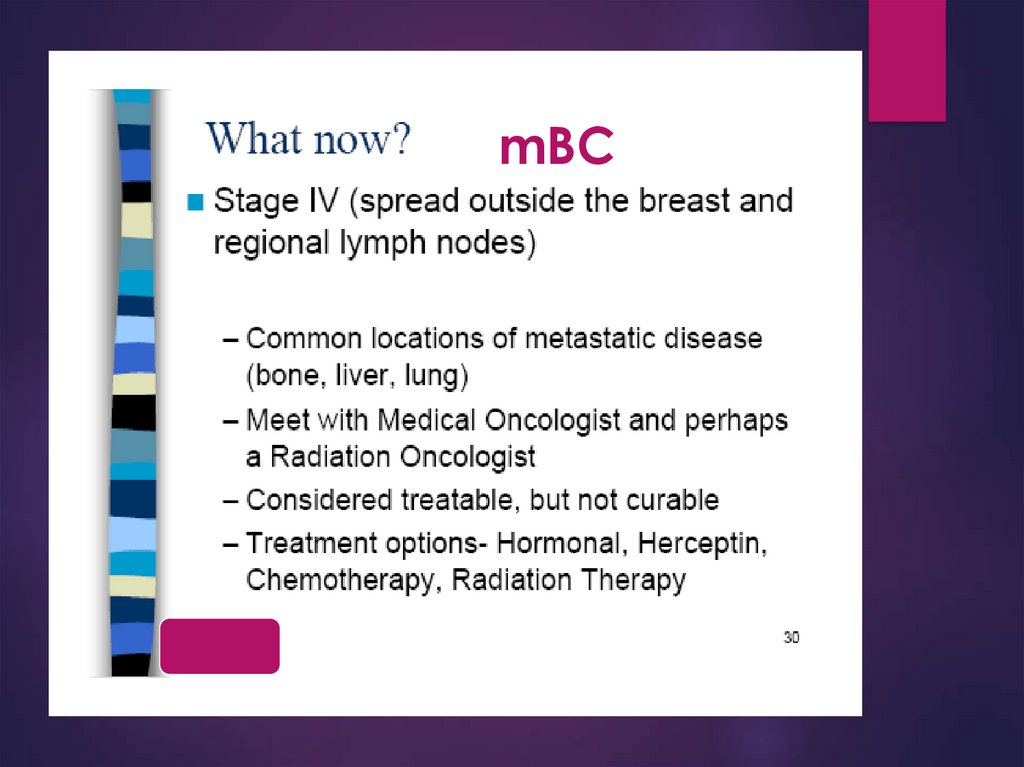
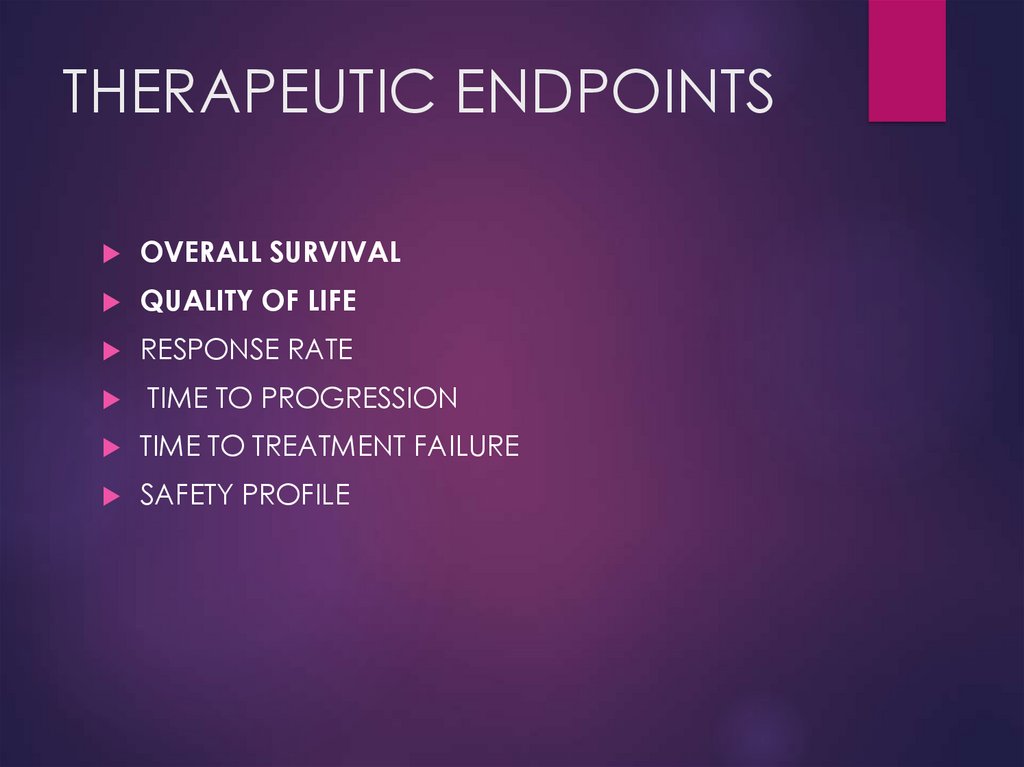
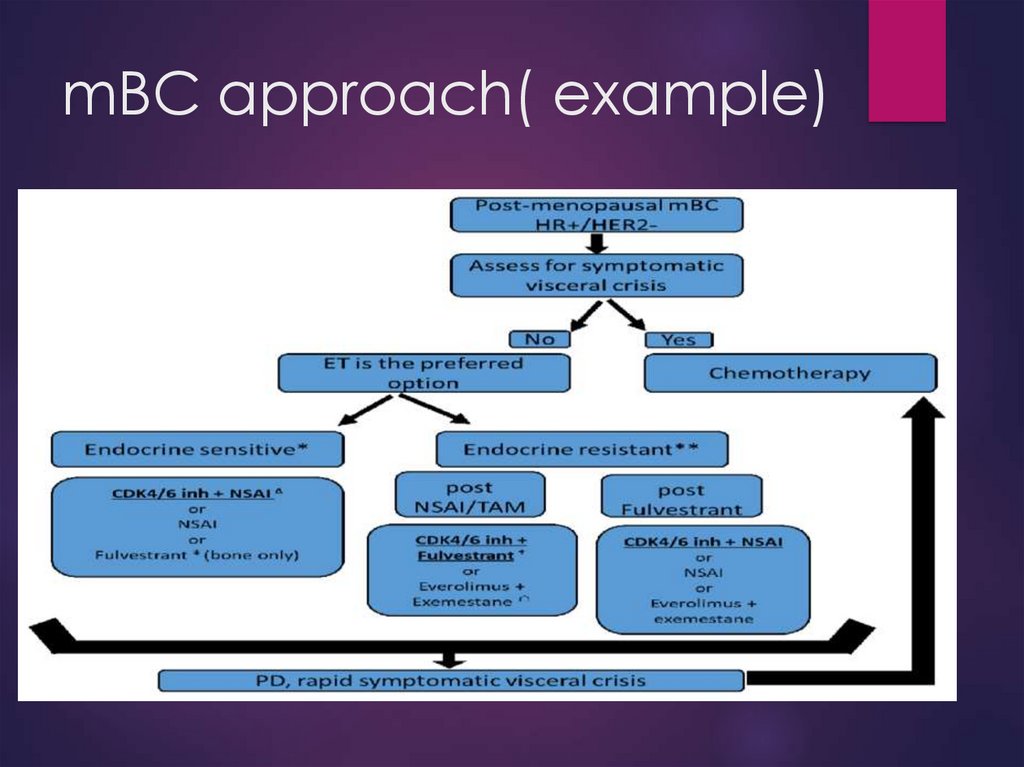

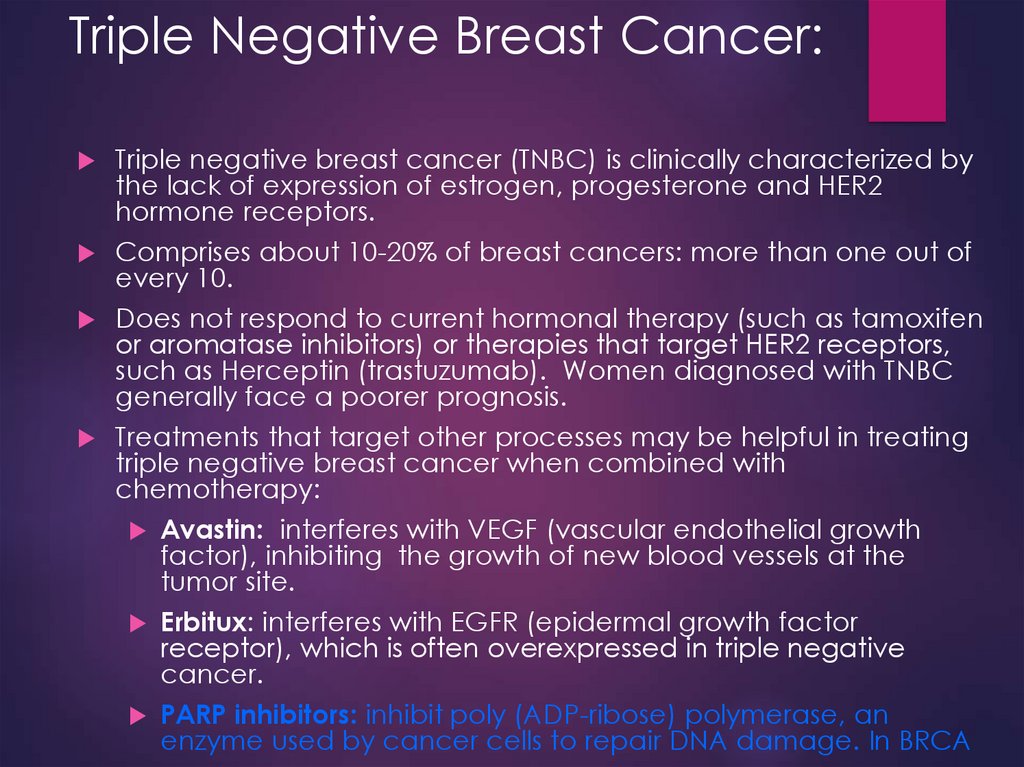

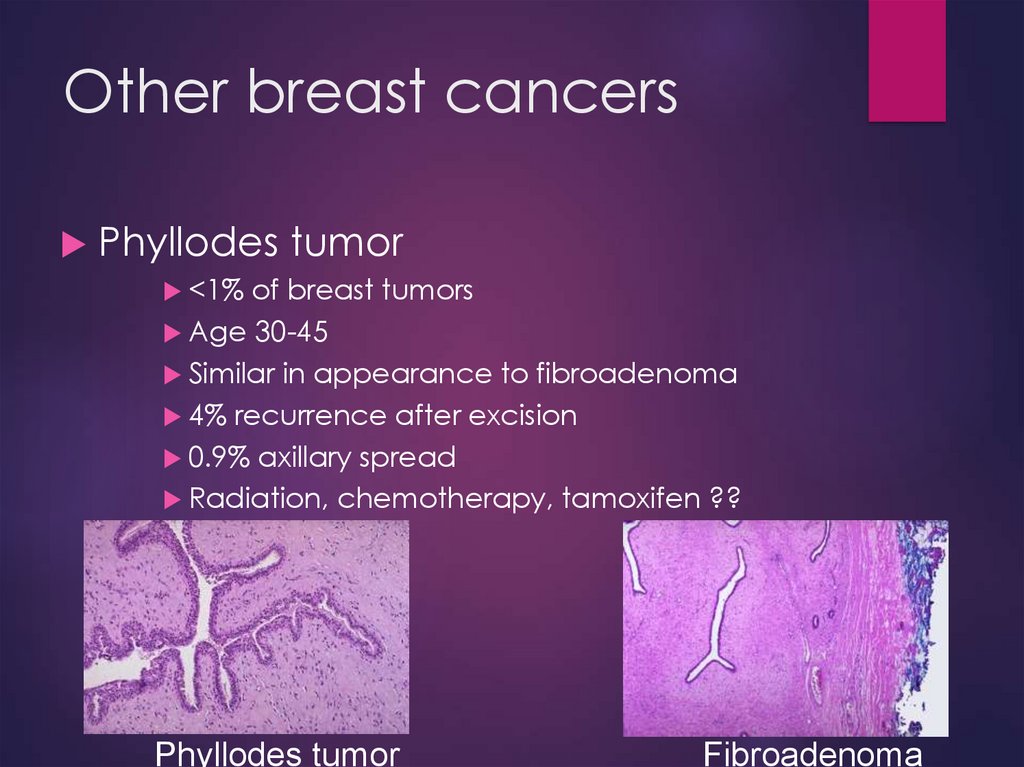
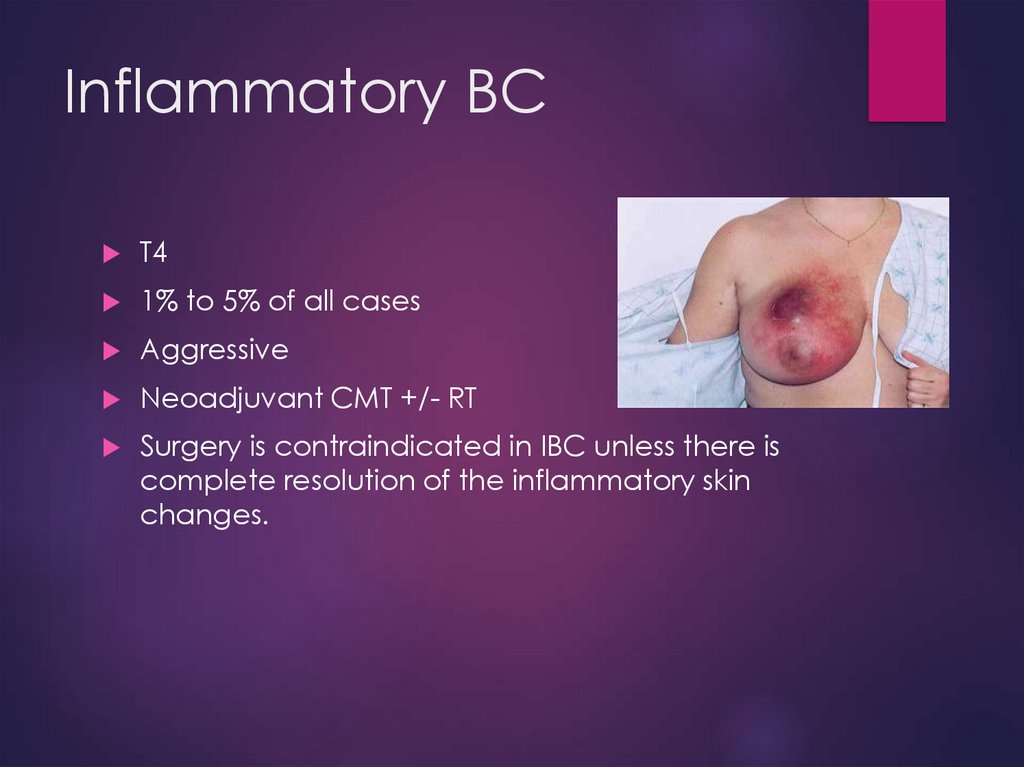
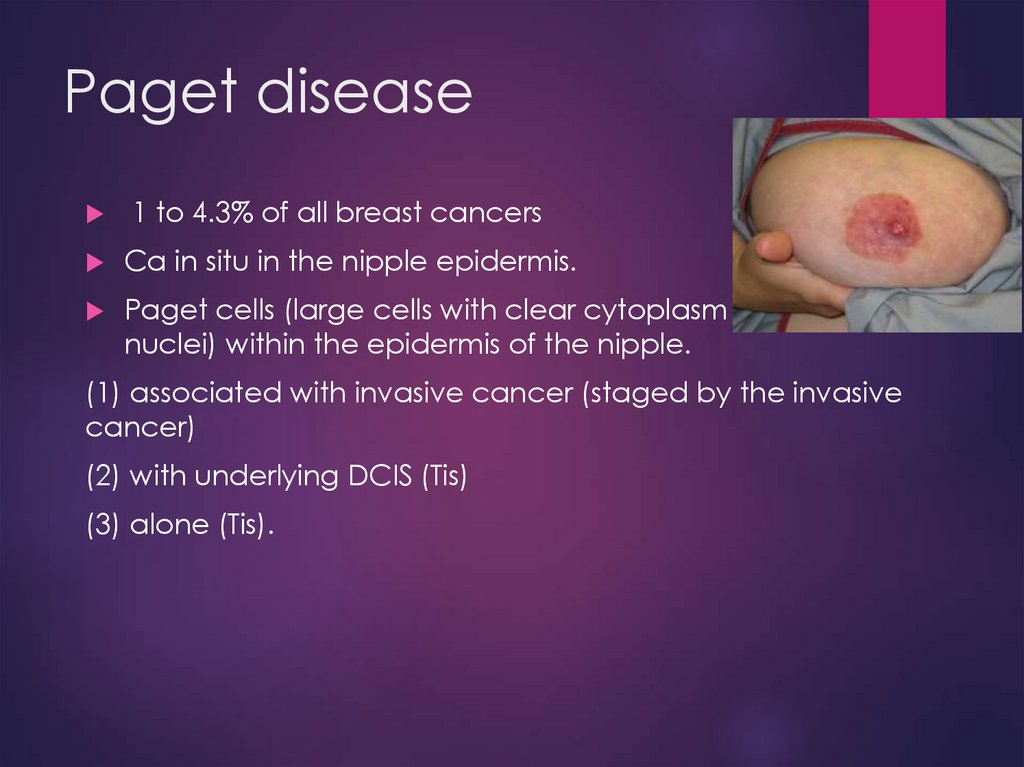
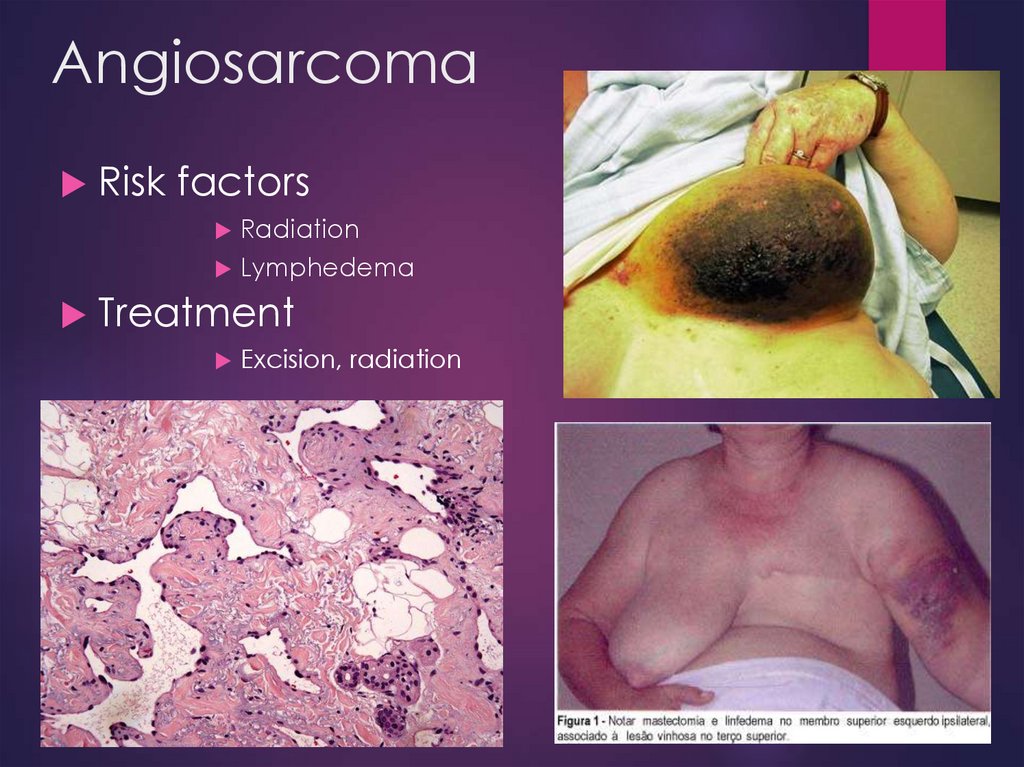
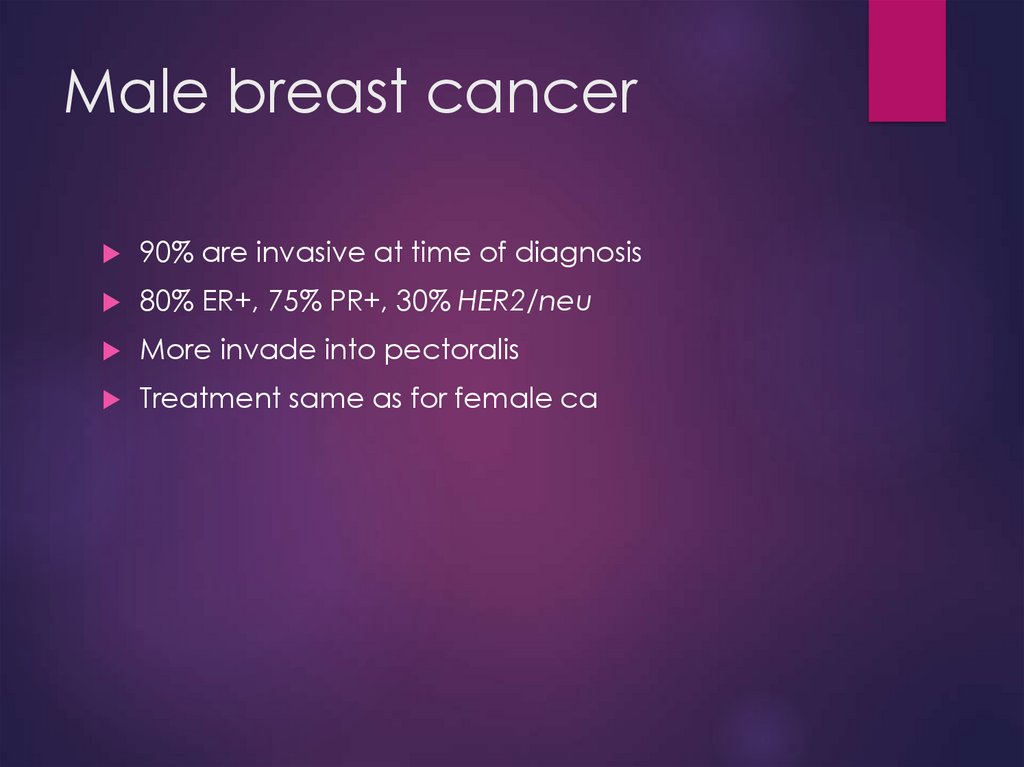
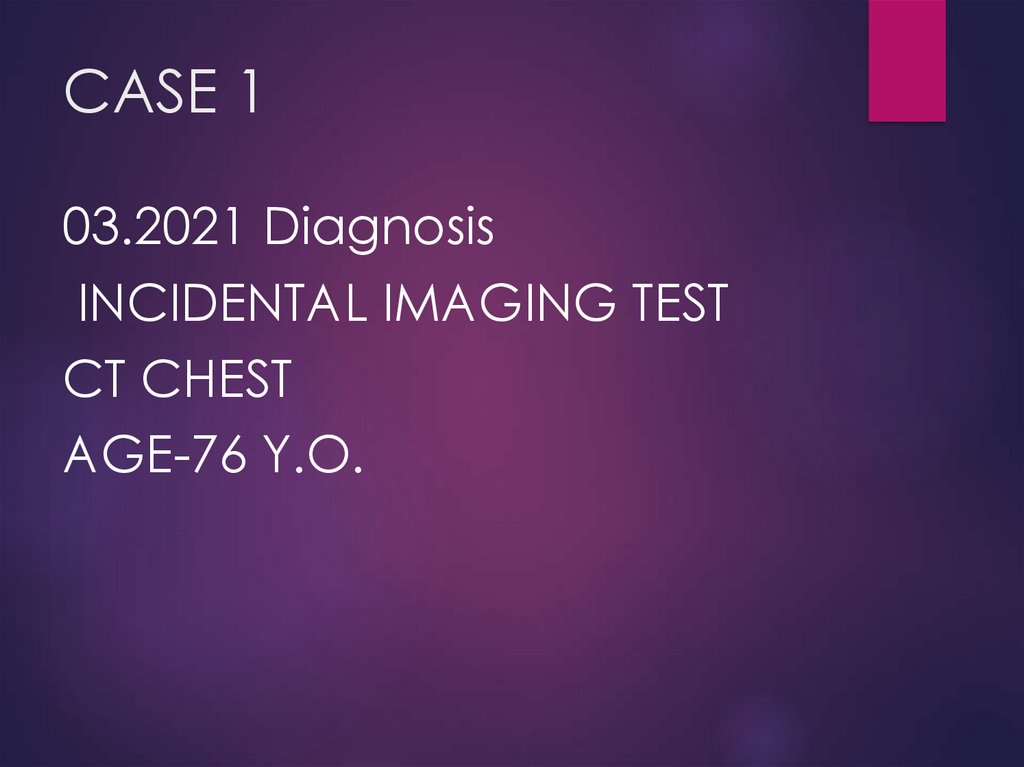
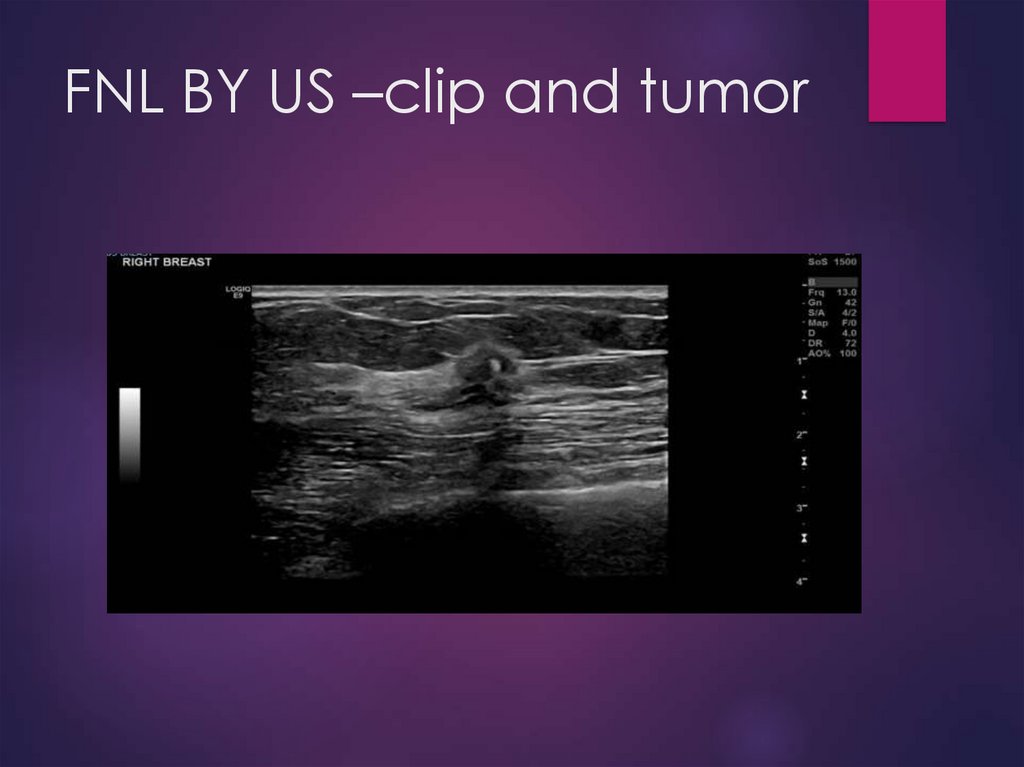
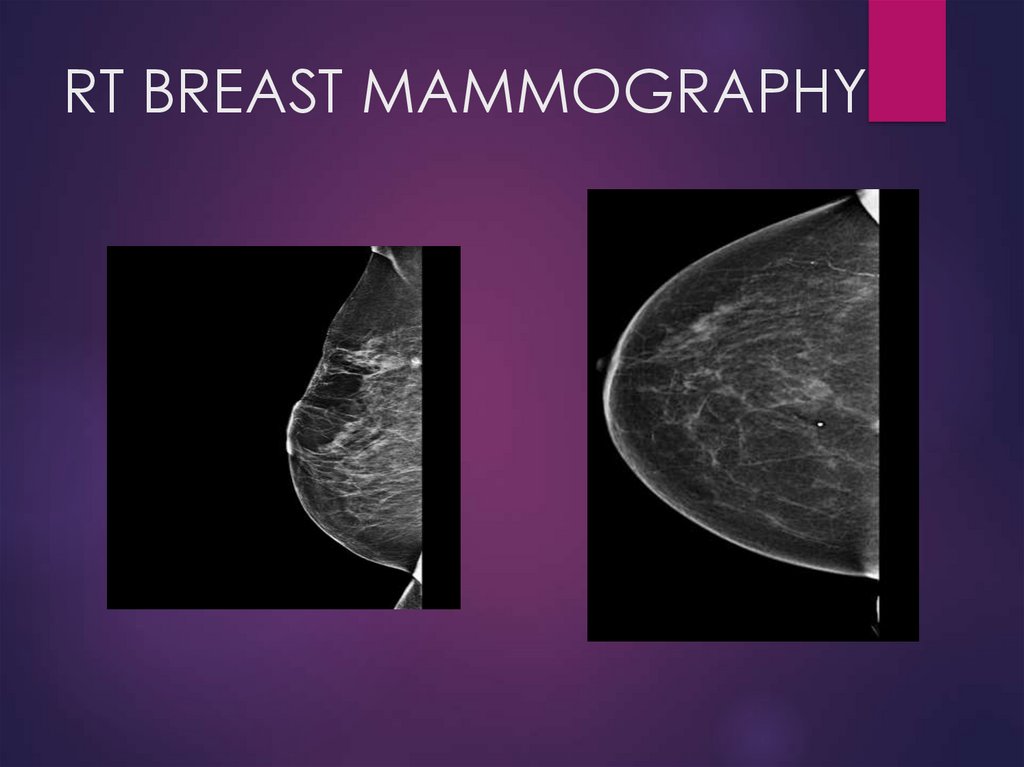
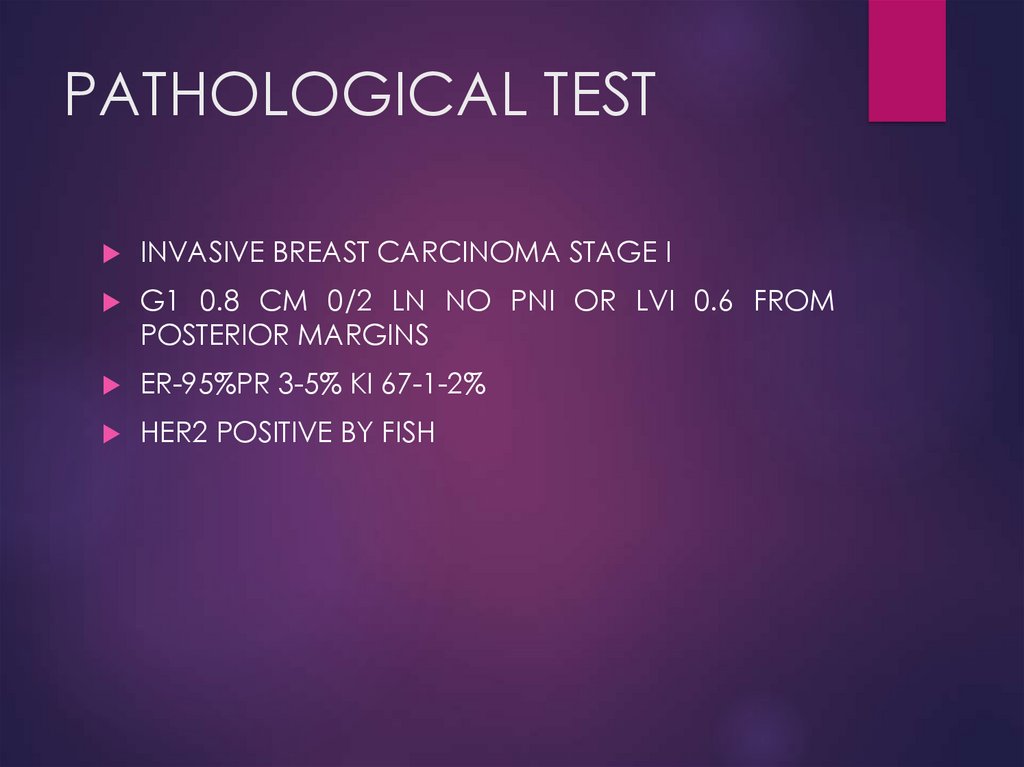
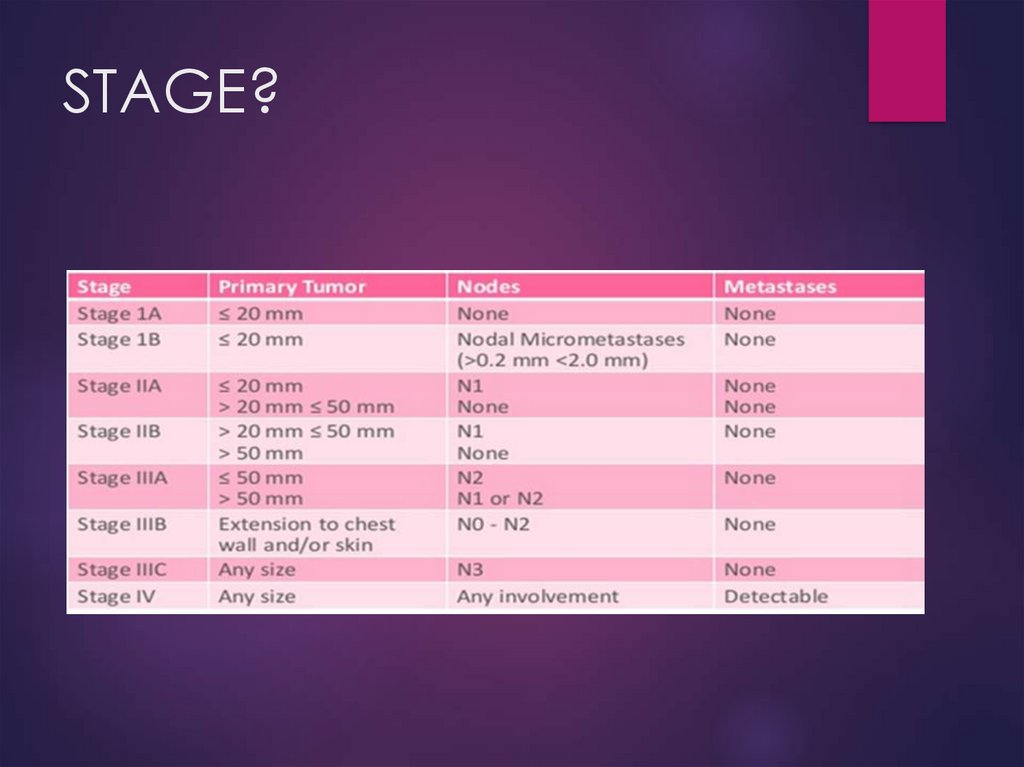
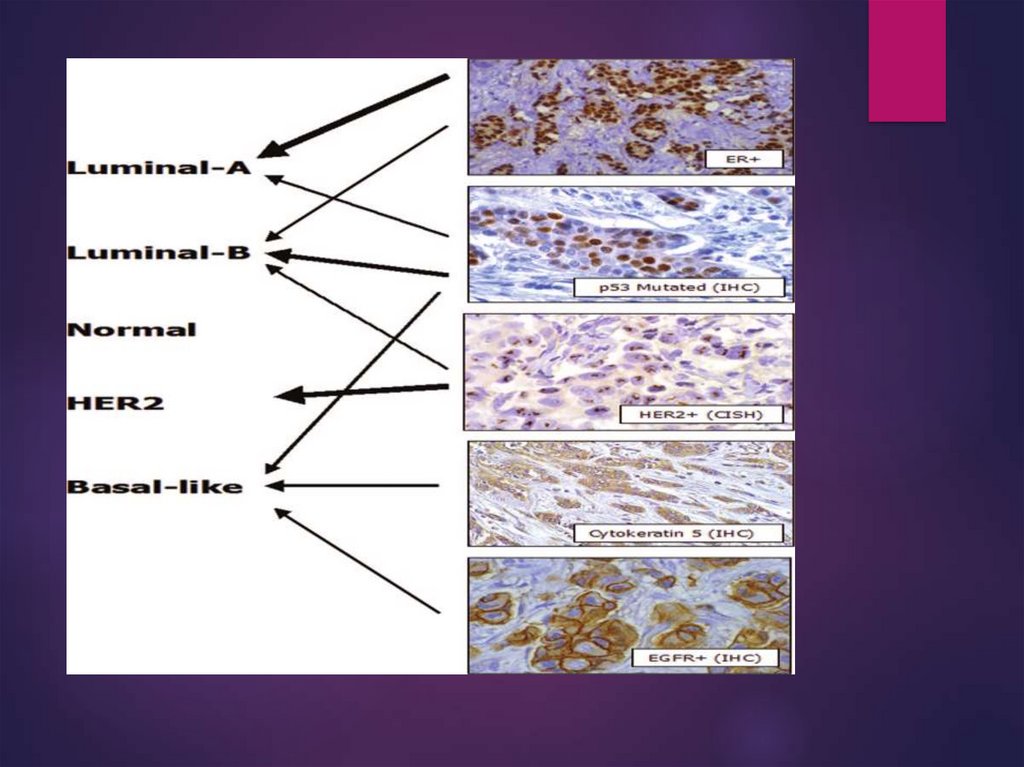



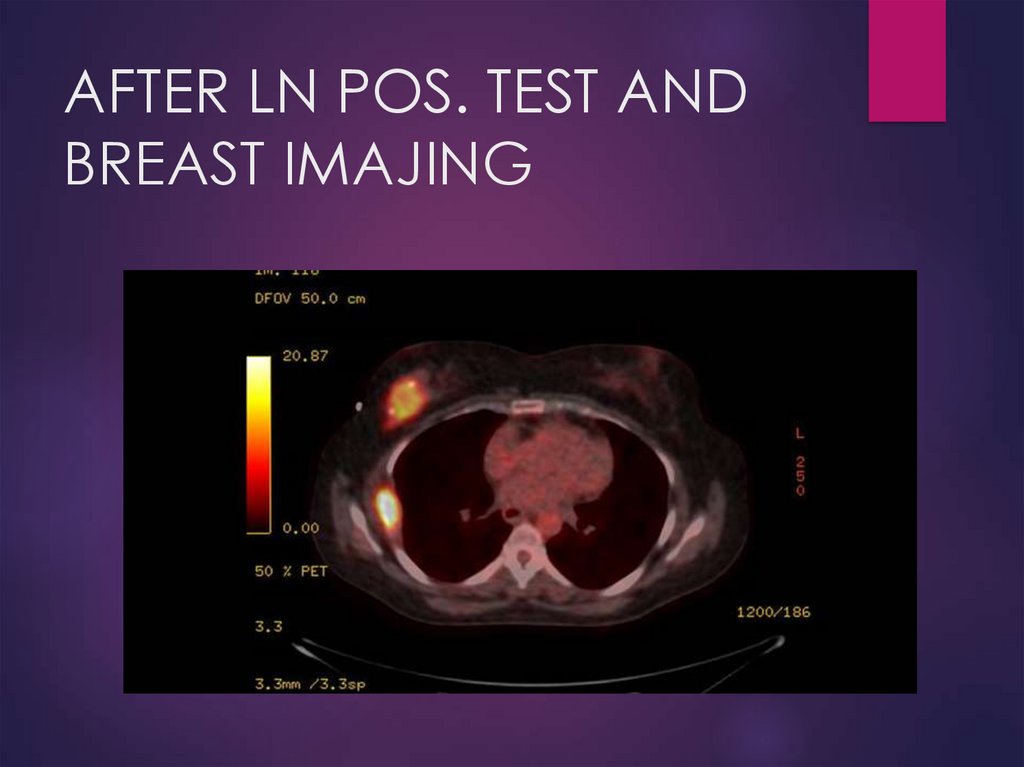

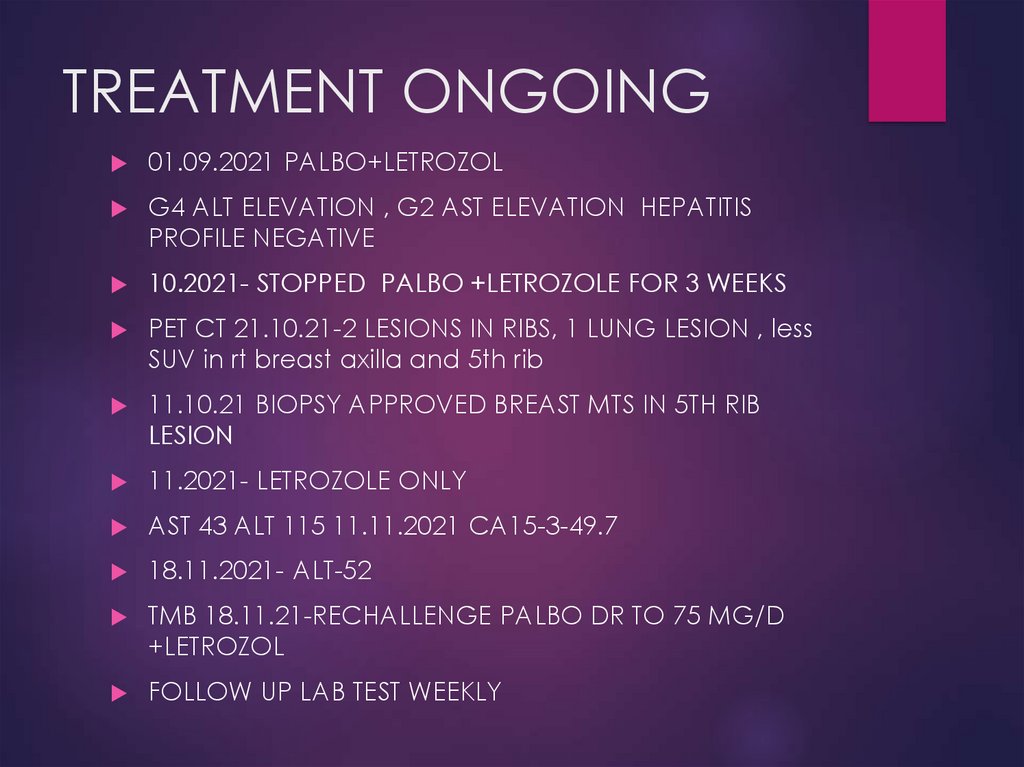
 medicine
medicine








